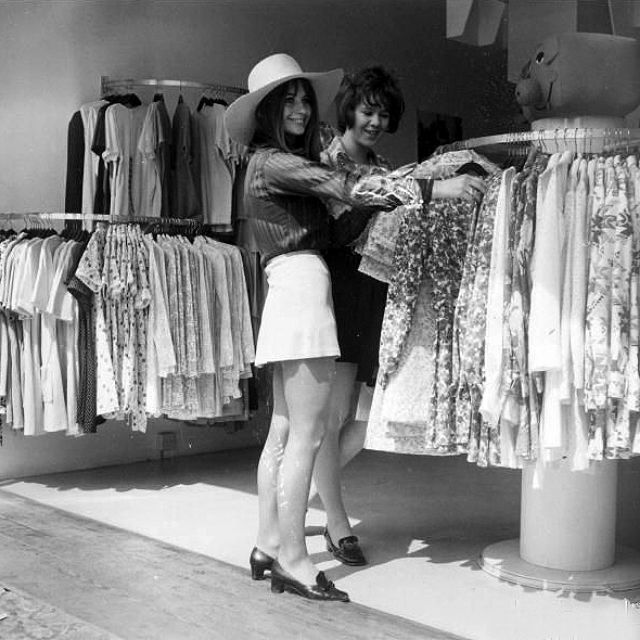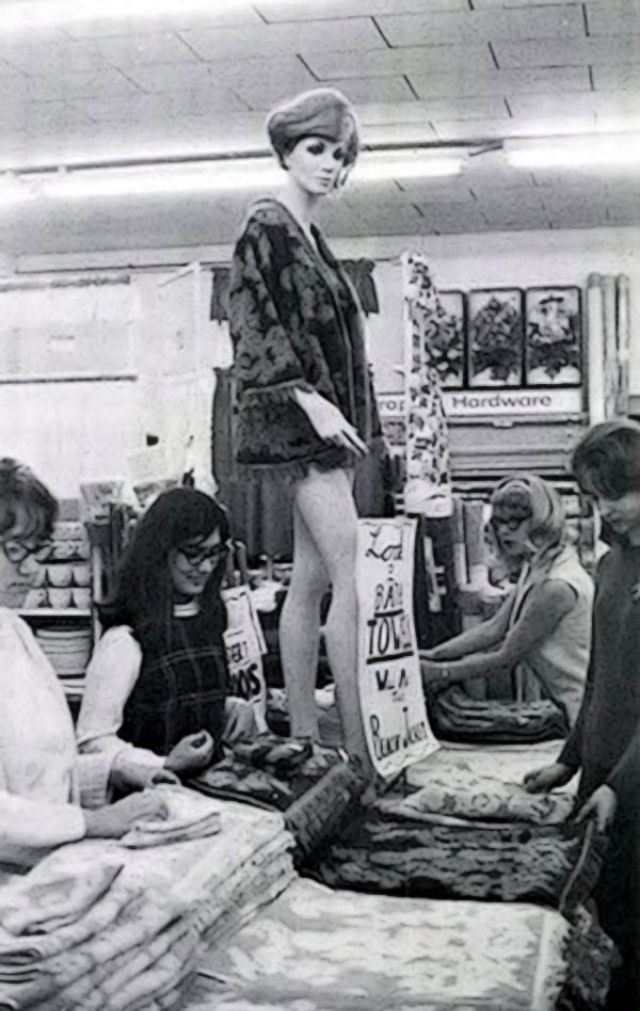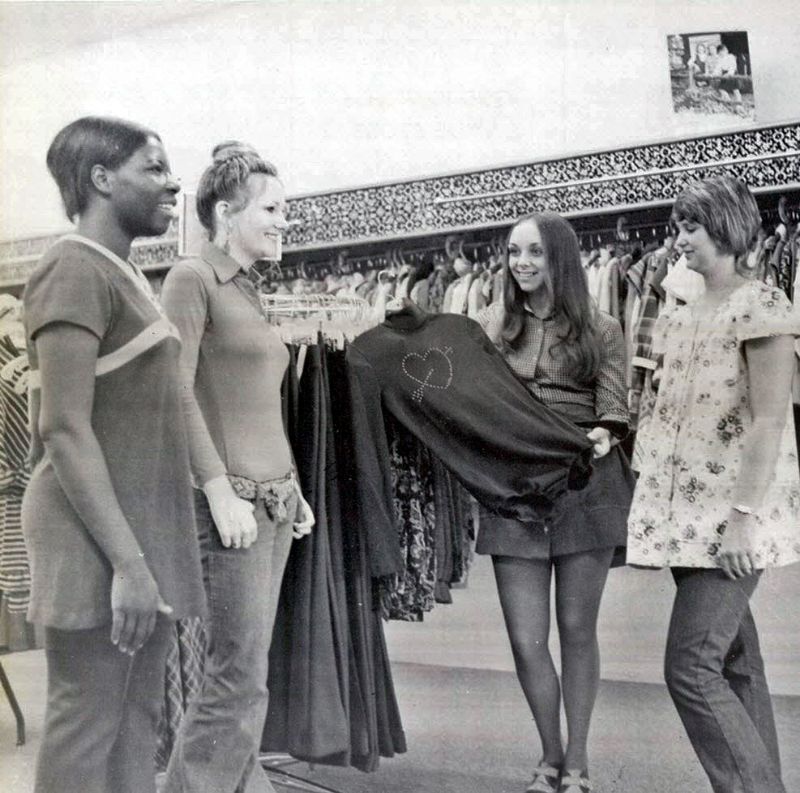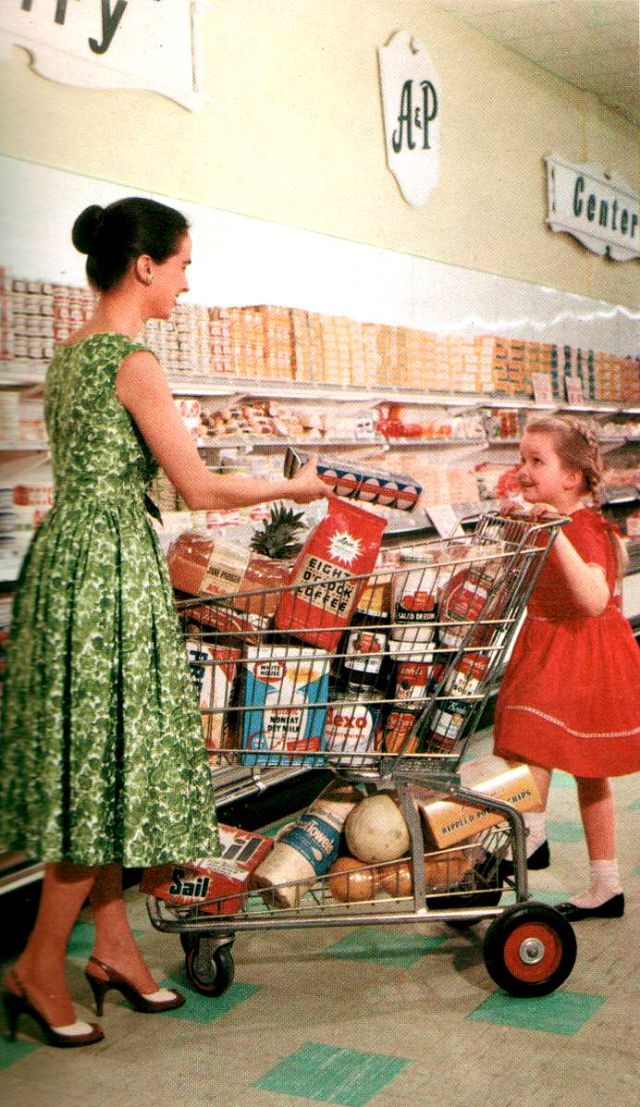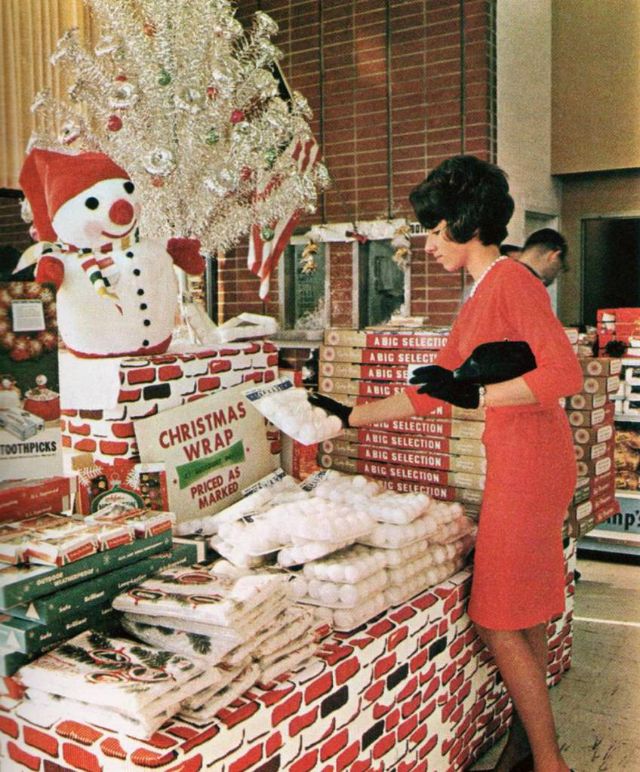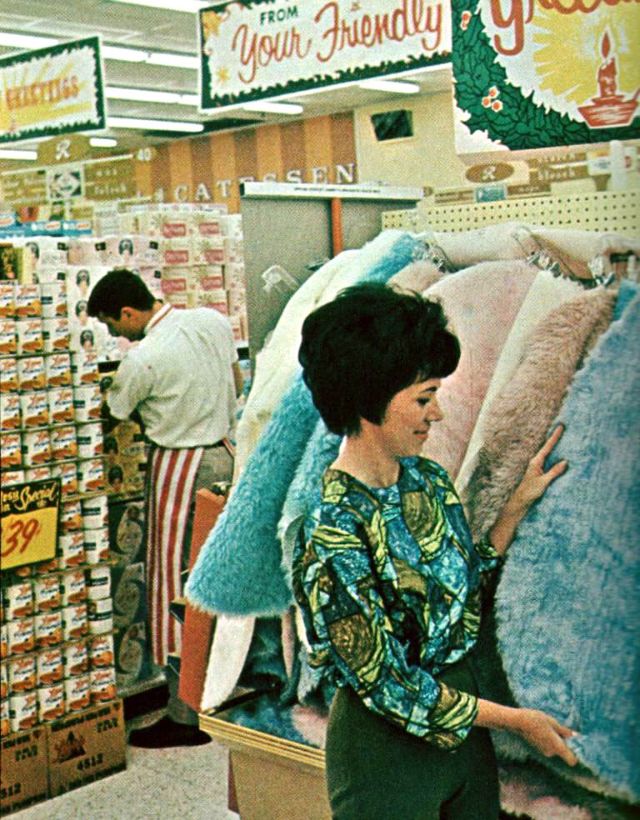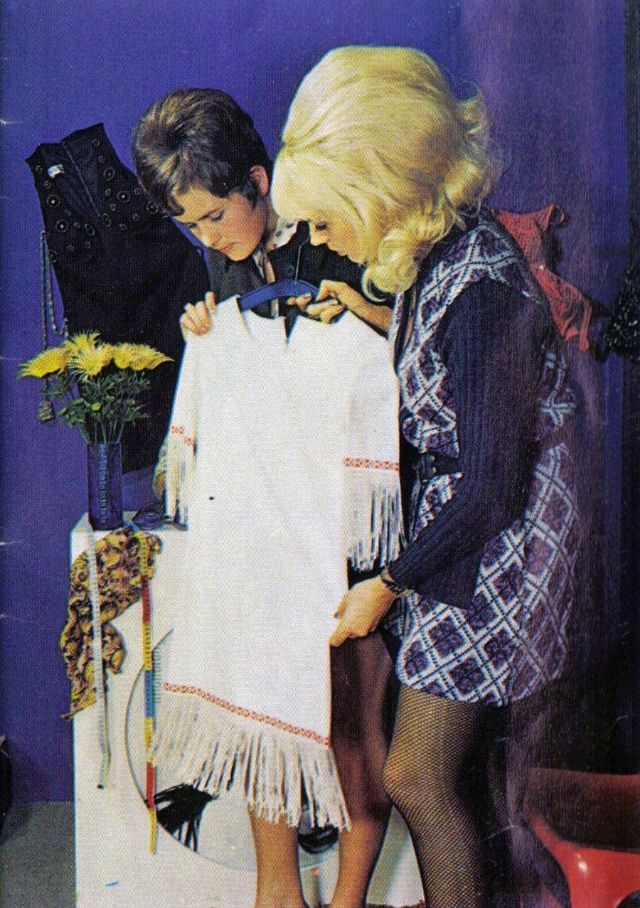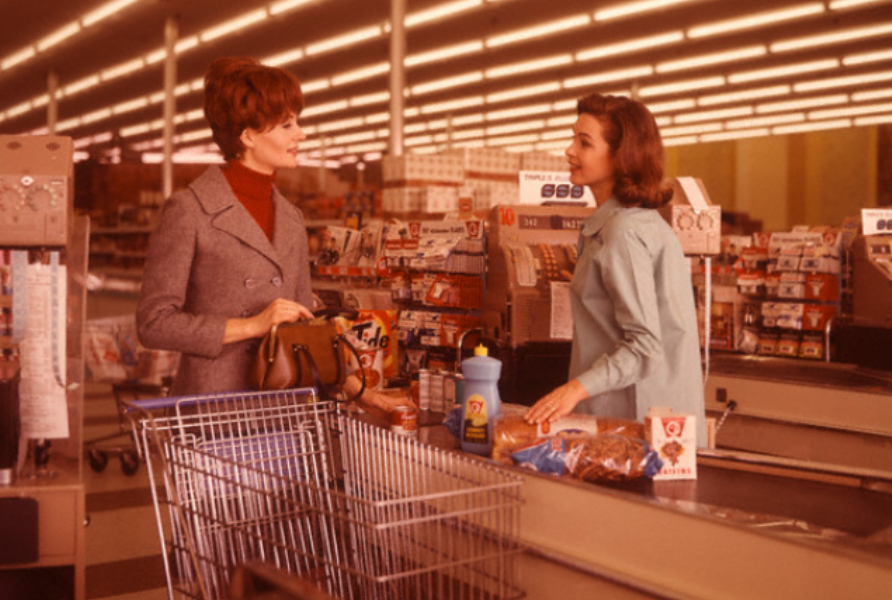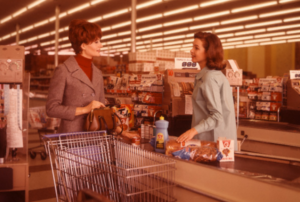

The 1960s and 1970s were a time of significant change in the world, and the shopping and retail culture of these decades reflected this social transformation.
In the 1960s, post-war consumerism was in full swing, and people were eager to embrace the new consumer culture that promised to bring them happiness and prosperity.
The 1970s, on the other hand, saw the emergence of a more self-aware and socially conscious consumer culture that reflected the shifting political and cultural landscape of the time.
In the 1960s, shopping was primarily done in brick-and-mortar stores, with large department stores being the dominant retail players. These stores were typically located in urban centers and offered a wide range of products and services under one roof.
The shopping experience was often accompanied by a sense of excitement and glamour, with shoppers dressing up for their visits to the department store and salespeople providing personalized attention to customers.
The rise of the suburban lifestyle, however, led to the emergence of shopping centers and malls, which soon became popular retail destinations as well.

However, during the 1960s youth throughout the Western world began to rebel against traditional clothing styles and create their own trends.
Soon, fashion designers and manufacturers were frantically trying to keep up with the trends and implement the youths’ popular creations into clothing for the masses.
The bikini came into fashion in 1963. In the middle of the decade, people were dressing in psychedelic prints, highlighter colors, and mismatched patterns. Mini skirts and go-go boots were made popular.
By the end of the decade, the hippie look was in style. Both men and women wore frayed bell-bottomed jeans, tie-dyed shirts, and headbands.
Hundreds of apparel and footwear retailers and department store companies got their start in the 1960s. Kohl’s Corporation was founded in 1962 and Dillard’s Inc. in 1964. Top retailers The TJX Companies Inc., Limited Brands, and Gap Inc. were also established in the swinging sixties.
 The retail trends of the 1960s were characterized by an emphasis on modernity, convenience, and technological innovation.
The retail trends of the 1960s were characterized by an emphasis on modernity, convenience, and technological innovation.
This was reflected in the design of new retail spaces, which featured sleek, modernist architecture and cutting-edge technological amenities like escalators, air conditioning, and parking garages.
Retailers also began to invest in market research and advertising, using techniques like focus groups and television commercials to target consumers more effectively.

The rise of countercultural movements like hippies and punks brought with them a rejection of mainstream consumer culture and an embrace of alternative lifestyles and values.
This was reflected in the emergence of alternative retail spaces like head shops, record stores, and boutiques that catered to niche markets and offered unique products and experiences.
Retail and Shopping

Retail and Shopping

Retail and Shopping

Retail and Shopping

Retail and Shopping

Retail and Shopping

Retail and Shopping

Retail and Shopping

Retail and Shopping

Retail and Shopping

Retail and Shopping

Retail and Shopping

Retail and Shopping

Retail and Shopping

